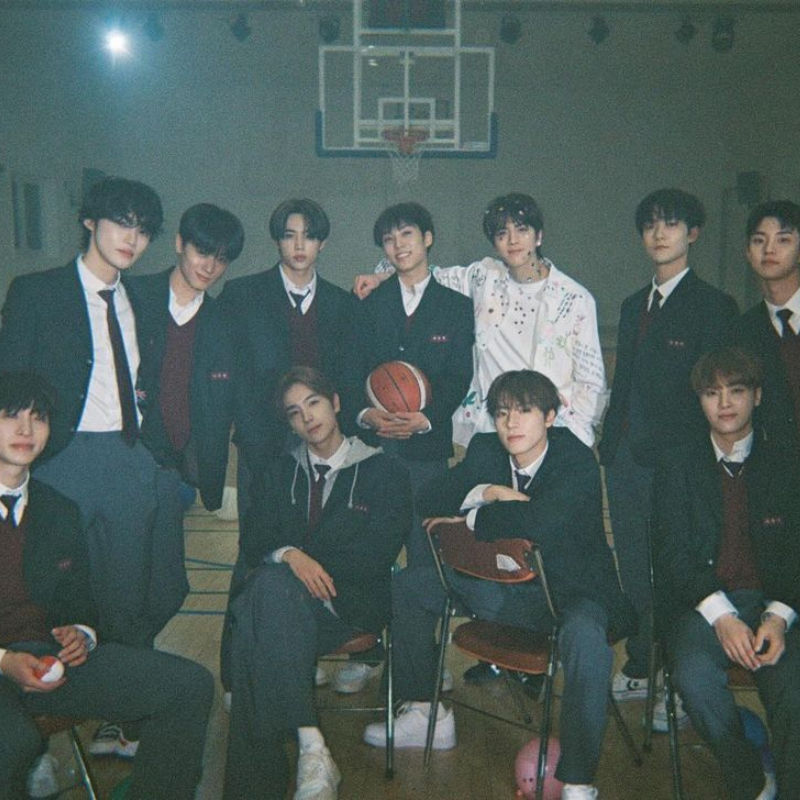South Korean singer Kim Jae-joong just announced that he will visit Hong Kong and Macau for a concert as part of his upcoming Asia tour. The ‘Flower Garden’ tour marks the JYJ member’s 20th anniversary. It also coincides with the release of his latest album of the same name.
Kim Jae-joong will perform in Hong Kong this September and Macau in September and October. He will also make his way to other cities in the region. Keep reading to find out more details.
Kim Jae-joong will hold a concert in Hong Kong and Macau this 2024
The JYJ member kicked off his Asia tour in Seoul and will then visit Yokohama for a two-day concert. In August, he will perform in Thailand and Kobe. After that, he will fly off to Hong Kong, Vietnam, and Taiwan. Finally, he will wrap up the tour in Macau.
As of now, no venues and ticket details have been announced for Hong Kong and Macau. Keep your eyes peeled for more updates in the coming weeks.
” ”
2024.07.20 / 2024.07.21 SEOUL, KOREA
2024.07.27 / 2024.07.28 YOKOHAMA, JAPAN
2024.08.21 THAILAND
2024.08.24 / 2024.08.25 KOBE, JAPAN… pic.twitter.com/SyTD9tXSqX— iNKODE Official (@inkodeofficial) July 19, 2024
Celebrating 20 years in the industry
Kim Jae-joong, also known as Jaejoong or J-jun is a singer, songwriter, actor, and director. He is part of the K-pop group JYJ and was one of the original members of TVXQ. In 2013, he made his debut as a solo artist and a decade later, started his own agency, iNKODE.
As a soloist, he has released three Korean studio albums, the latest being ‘Born Gene’ in 2022. The first two albums ‘WWW’ (2013) and ‘No.X’ (2016) reached the number one spot on the Gaon Music Chart. He also has a successful career in Japan with his three Japanese studio albums ranking number one on the Oricon Albums Chart.
In addition to singing, he is also an actor, working on K-dramas such as Sunao ni Narenakute (2010), Protect the Boss (2011), Manhole (2017), and Bad Memory Erase (2022). He also starred in movies such as Heaven’s Postman (2009) and Jackal is Coming (2012).

Everything We Know About SHINee Member Taemin’s 2024 Hong Kong Concert

Everything We Know About The Boyz’s Macau 2024 Concerts
All images credit: inkodeofficial/Twitter
This story first appeared on Lifestyle Asia Hong Kong











